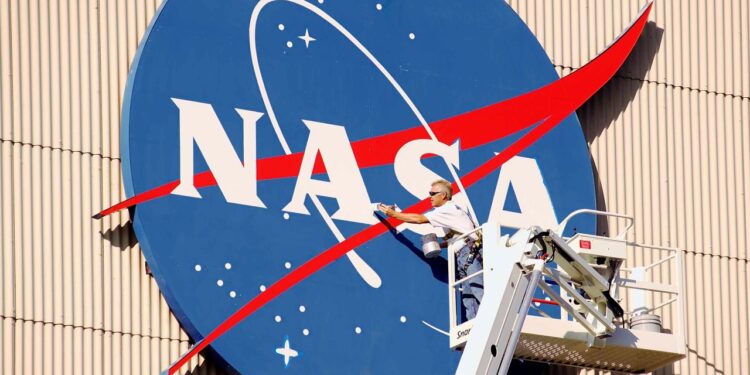The National Aeronautics and Space Administration (NASA) has been at the forefront of space exploration and scientific discovery since its establishment in 1958. Born out of the Cold War space race, NASA has evolved into a global leader in aeronautics research, space technology, and Earth and space science.
Throughout its history, NASA has achieved numerous groundbreaking milestones. The Apollo program’s crowning achievement came in 1969 when Neil Armstrong became the first human to set foot on the Moon, uttering the famous words, “That’s one small step for man, one giant leap for mankind.” This feat not only showcased American technological prowess but also inspired generations of scientists and explorers.
NASA’s contributions extend far beyond lunar missions. The agency has launched numerous space probes to explore our solar system, including the Voyager spacecraft, which continue to send data from interstellar space. The Hubble Space Telescope has revolutionized our understanding of the universe, capturing stunning images of distant galaxies and providing invaluable scientific data.
On Earth, NASA’s research has led to numerous technological advancements that benefit everyday life. From memory foam to water purification systems, NASA-derived technologies have found applications in various industries, improving quality of life worldwide.
In recent years, NASA has shifted focus towards Mars exploration and commercial space partnerships. The Mars Rover missions have provided unprecedented insights into the Red Planet’s geology and potential for sustaining life. Meanwhile, collaborations with private companies like SpaceX and Boeing are paving the way for more cost-effective space travel and potential crewed missions to Mars.
NASA’s Earth Science Division plays a crucial role in monitoring our planet’s health. By studying climate change, weather patterns, and natural disasters, NASA provides valuable data to help address global environmental challenges.
Looking ahead, NASA continues to push the boundaries of human knowledge and technological capabilities. The Artemis program aims to return humans to the Moon and establish a sustainable presence there, serving as a stepping stone for future Mars missions. The James Webb Space Telescope, launched in late 2021, promises to unlock new secrets of the cosmos with its unprecedented observational capabilities.
As NASA approaches its seventh decade, it remains a symbol of human curiosity, innovation, and the relentless pursuit of knowledge. Through its ongoing missions and future endeavors, NASA continues to inspire us to reach for the stars and explore the unknown.
newshub



Recent Comments